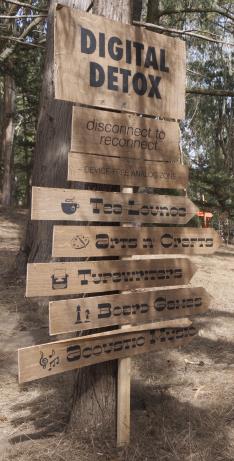
Digital detox has been very much in the news of late, with celebrities from film stars to pop singers to video bloggers attempting to digitally detox for a host of different reasons. Ten years ago, Thomas Friedman, the New York Times op-ed columnist and three-time Pulitzer Prize winner, wrote about continuous partial attention – the consequence of our attempts to multitask when on the Internet or cellphone while watching television, typing an email or paper, and trying to hold a conversation with someone – he called it “the malady of modernity. We have gone from the Iron Age to the Industrial Age to the Information Age to the Age of Interruption”.
He was certainly not the first to draw attention to this – for example, in 1971 Herbert Simon, an American political scientist and Nobel Prize winner, wrote
“In an information-rich world, the wealth of information means a dearth of something else: a scarcity of whatever it is that information consumes. What information consumes is rather obvious: it consumes the attention of its recipients. Hence a wealth of information creates a poverty of attention and a need to allocate that attention efficiently among the overabundance of information sources that might consume it.” (Simon 1971, 40-1).


